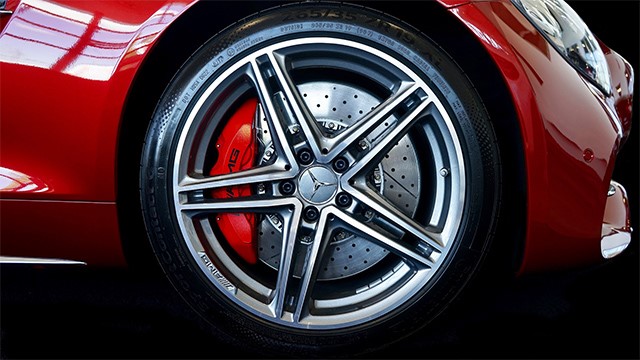We explain why full-size spare tyres are fast becoming exceptions rather than the norm.
While modern cars are more reliable than ever and our roads are in better shape, a flat tyre is an irksome reminder that some things never change. However, if you get a puncture today, your vehicle might not even have a 'conventional' spare wheel to fit.
Car manufacturers love to save weight, improve fuel consumption and reduce production costs. We first saw some European brands replace the weighty spare with a space saver back in the 1980s. Their use is widespread these days and even the new Euro-sourced Holden Commodore has a space saver spare.
There are four main categories of spare tyres: full-size, temporary use/space saver, run-flat tyres (RFTs) and inflator kits. Full-size is a direct replacement for the wheels fitted to your vehicle, although manufacturers are increasingly fitting replacement tyres onto a cheaper steel rim rather than an alloy wheel (if they're fitted to your vehicle).











